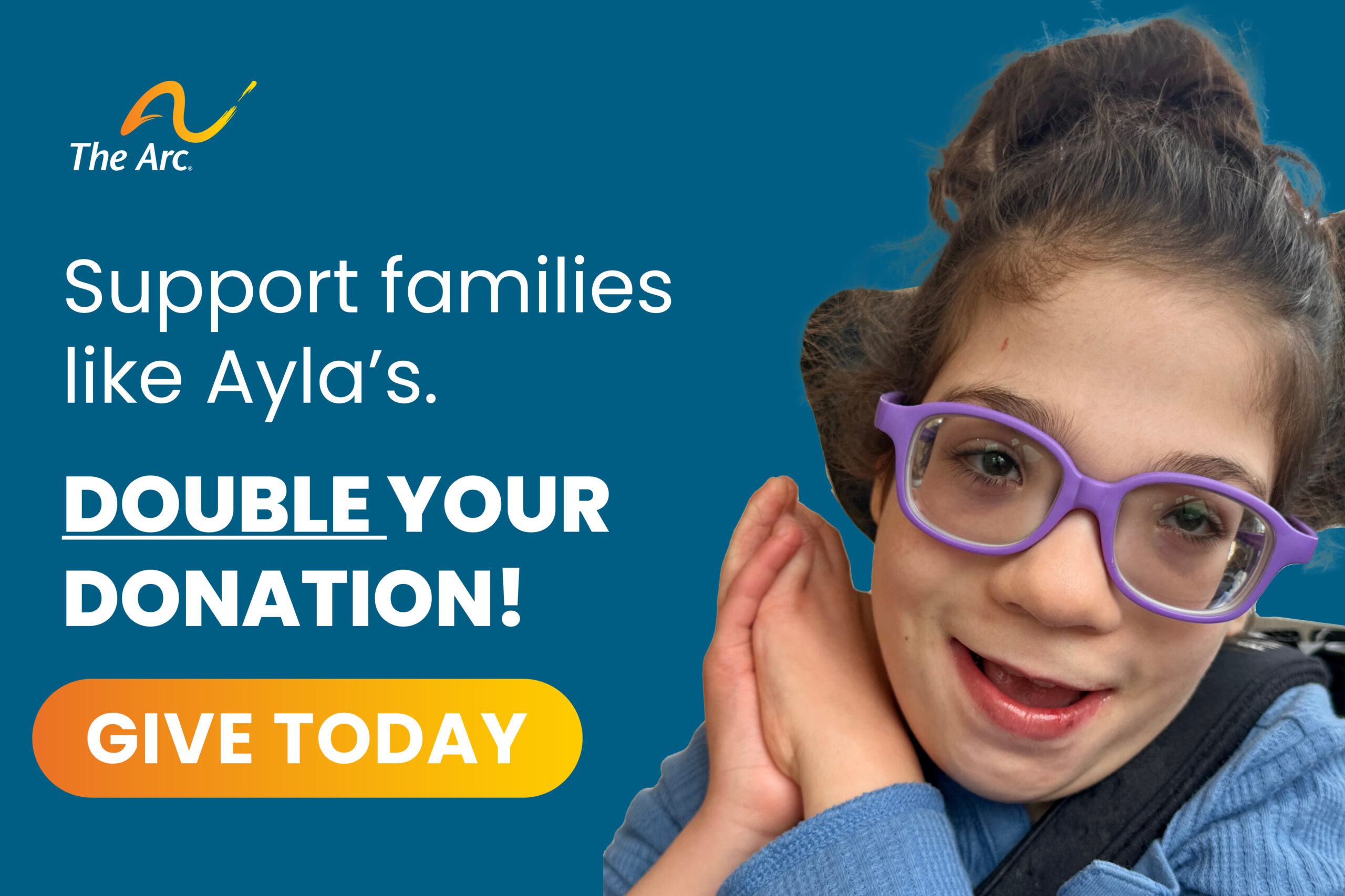Contents
- What can students with disabilities expect when they first start college?
- What are some of examples of specific differences?
- What other issues do students with autism face in college?
What can students with disabilities expect when they first start college?
Like all other students, students with autism must be prepared for differences between high school and college. Unlike high school, in college, students need to learn about managing their academic and personal schedules, understanding that expectations surrounding their academics are higher than in high school and seeking help when they need it.
What are some of examples of specific differences?
Laws: In high school, a student’s education is guided by the IEP and the focus is helping students with disabilities succeed in their classes. It is the responsibility of the school to identify a student’s disability. In college, a student’s accommodation plan is designed to help a student gain access to college (courses, buildings, activities, etc.) but does NOT ensure academic (or social) success. Also, in college, students decide for themselves whether or not to disclose their disability.
Self-advocacy: In high school, students are encouraged to speak up about help they might need for school, but it is also expected that teachers and parents will do most of the advocacy. In college, students are expected to speak up and advocate for themselves if they want support from someone. In fact, parents are not allowed to speak for a son or daughter without the student’s permission.
Independence: In high school, it is expected that students with disabilities might need some help to meet class expectations and manage their schedule. In college, students with disabilities are expected to complete all course assignments, whether or not they use accommodations to complete work under different circumstances.
What other issues do students with autism face in college?
Students with autism face unique challenges in college, including how to act as others do in classes; how to navigate the typical college environments, including the dining hall, student lounge, fitness center and dorms; and how to adjust to the experience of living with roommates and assuming increased independence.



